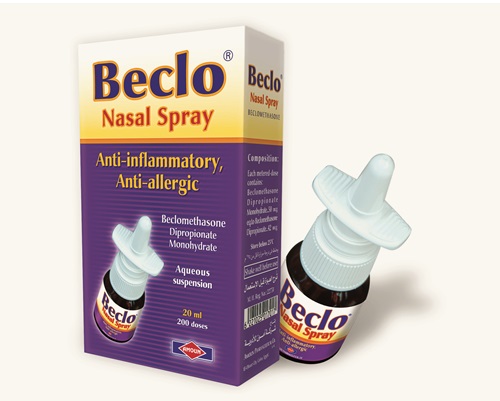Description
Trade name:
Telfast
Composition:
Each 5 ml of suspension contains:
Fexofenadine hydrochloride 30 mg.
Excipients: propylene glycol, disodium edetate, propyl hydroxybenzoate, butyl hydroxybenzoate, xanthan gum, poloxamer 407, titanium dioxide, sodium phosphate monobasic monohydrate, sodium phosphate dibasic heptahydrate, raspberry flavor, sucrose, xylitol and purified water.
Properties:
Telfast is an antihistamine drug that is an antagonist of histamine H-1 receptors. It does not have a sedative or other effect on the central nervous system. The antiallergic effect appears after 1 hour, maximum after 6 hours, continues to act for 24 hours.
Indications:
Elimination of symptoms associated with urticaria in children from 6 months of age; symptoms of seasonal allergic rhinitis (SAR) from 2 years of age.
Method of administration and dosage:
Urticaria: from 6 months to 2 years – 15 mg (2.5 ml) 2 times a day.
Children from 2 to 11 years – 30 mg (5 ml) 2 times a day (with reduced kidney function from 6 months to 11 years 1 time per day).
For symptoms of SAR: children from 2 to 11 years – 30 mg 2 times a day (with reduced kidney function 1 time per day). Shake the bottle before each use.
Contraindications:
Hypersensitivity to fexofenadine, terfenadine or other components of the drug.
Pregnancy and lactation.
Precautions:
Do not exceed the recommended dose of the drug. Do not drink fruit juices at the same time as fexofenadine: grapefruit, orange and apple can reduce its effectiveness.
Side effects:
Fexofenadine is usually well tolerated. The most common (1-10% of cases) reported headache, fatigue, dizziness or drowsiness, nausea. In placebo-controlled studies, weakness, insomnia, nervousness, sleep disturbance, tachycardia, palpitations, diarrhea were noted with a frequency of less than 1%. In rare cases (less than 0.1%), exanthema, urticaria, itching, Quincke’s edema, difficulty breathing, shortness of breath, skin flushing, anaphylactic reactions were observed.
Pregnancy category B:
There are no adequate and well-controlled studies in pregnant women. Fexofenadine should be used during pregnancy only if the potential benefit justifies the potential risk to the fetus.
Lactation:
There are no data on the content of fexofenadine in breast milk when taken by breastfeeding women. It has been observed to penetrate into breast milk. The use of fexofenadine during breastfeeding is not recommended.
Storage:
Store at room temperature, in a dry place inaccessible to children.
Packaging:
A cardboard pack contains a 120 ml bottle and paper instructions.









